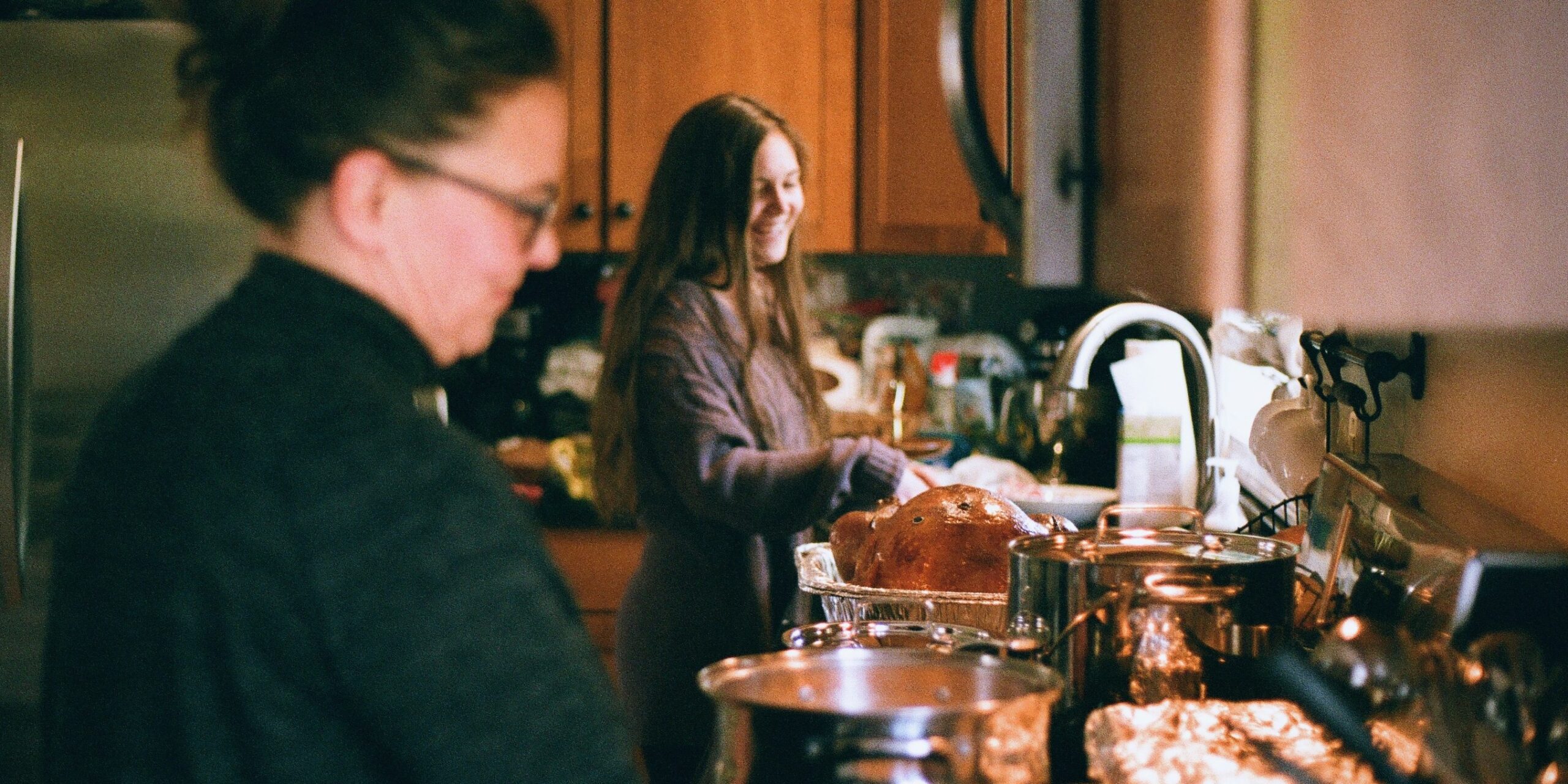As November approaches, so does Bladder Health Awareness Month — a dedicated time to highlight bladder health and its impact on millions of individuals. The bladder plays a crucial role in the body’s waste removal system, yet many people overlook its care until problems arise. This month serves as a reminder to take proactive steps to maintain bladder health and address common bladder issues early on.
Understanding bladder health is vital to overall well-being. Gloria Kolb, CEO of Elitone, shares, “Whether it’s dealing with occasional incontinence or facing more severe conditions, individuals can take control of their bladder health with the right knowledge, preventive and therapeutic measures.”
Common bladder issues and their symptoms
Bladder issues affect people of all ages, although they are particularly prevalent among older adults. Many individuals face bladder problems at some point, but they often hesitate to seek help due to embarrassment or lack of knowledge.
One of the most common bladder issues is urinary incontinence, or the loss of bladder control, which can range from occasional leakage when sneezing or laughing to the complete inability to hold urine. It impacts millions worldwide, especially women who have gone through childbirth or menopause. Other bladder-related conditions include overactive bladder (OAB), which causes a frequent and urgent need to urinate, and urinary tract infections (UTIs), often accompanied by painful urination and lower abdominal discomfort.
These conditions can significantly affect a person’s quality of life, leading to social anxiety, sleep disturbances, and emotional distress. Many people struggle with these symptoms in silence, assuming that it’s just a normal part of aging or a consequence of other life events. However, bladder issues are not something to be endured quietly. They are manageable and, in many cases, treatable.
The impact of bladder issues
Bladder problems can have wide-reaching effects on day-to-day life. Frequent trips to the bathroom can disrupt sleep, reduce productivity, and lead to social isolation. Many avoid going out or participating in activities because they fear an accident. The emotional toll can be heavy, often leading to shame, embarrassment, and frustration. Gloria Kolb notes, “It’s not just about physical symptoms — it’s the emotional and mental burden that bladder issues take from individuals, and often goes unnoticed.”
Women, in particular, are disproportionately affected by bladder problems, especially after childbirth or during menopause. While studies show that nearly half of all women will experience some form of urinary incontinence in their lifetime, men are also vulnerable, particularly those with prostate issues.
Taking control of bladder health
The good news is that bladder health can be managed and often even improved. The first step in taking control is recognizing that bladder issues are common and should not be a source of shame. Open conversations with healthcare providers are key. Many treatments and strategies can help, and early intervention is often the most effective.
Behavioral modifications are a great place to start for those experiencing urgency and overactive bladder. Knowing when to go to the bathroom and what’s causing the “I need to go” sensation is key. Bladder training can help rewire your brain to understand that just because you feel the urge doesn’t mean you should go.
Kegel exercises are well-known for strengthening the pelvic floor muscles, which support bladder control. These exercises can be done discreetly and are proven to reduce leakage for many individuals. “Unfortunately, a quarter of women do these exercises incorrectly,” shares Kolb. “The rest often do them insufficiently, but there are tools to help with both.”
The diet also plays a significant role in bladder health. Drinking enough water is crucial, but so is avoiding bladder irritants such as caffeine, alcohol, and spicy foods. These substances can exacerbate symptoms like urgency and frequency. Maintaining a healthy weight can reduce the pressure on the bladder, helping to alleviate some symptoms of incontinence and overactive bladder.
Solutions and treatments
For those who need additional support, there are several treatment options available. Depending on the severity of the condition, treatments can range from lifestyle changes to medical interventions.
Non-invasive options like physical therapy focused on the pelvic floor are gaining recognition as an effective way to manage bladder health. Pelvic floor therapy involves working with a trained therapist who can guide patients through exercises designed to strengthen muscles and improve bladder control. Wearing non-invasive pelvic floor therapy devices can also be helpful, as these devices are gaining more recognition as a viable solution for women who experience urinary incontinence.
For those who experience more severe symptoms, there are also medical treatments available. Medications that calm an overactive bladder or reduce bladder spasms can provide relief. Surgical options exist for cases that do not respond to other treatments, including procedures that provide additional support to the bladder or create a more efficient urinary system.
As Gloria explains, “There’s no one-size-fits-all approach to bladder health. The key is starting with more conservative treatments and finding a solution that fits your lifestyle and allows you to keep it up.”
Preventative measures
Prevention is a cornerstone of bladder health. By adopting healthy habits early on, many individuals can avoid or reduce the risk of bladder issues later in life. Maintaining a healthy diet and staying hydrated are critical first steps. While it’s important to drink plenty of water, it’s equally important to avoid holding urine for extended periods, as this can weaken bladder muscles over time.
Bladder Health Awareness Month is a critical reminder for individuals to prioritize their bladder health. Whether you’re currently facing bladder issues or simply looking to maintain good health, now is the perfect time to educate yourself and take proactive steps. From lifestyle changes and exercises to more advanced treatments, many options are available to support bladder health. Most importantly, bladder issues are common and treatable.
“By breaking the silence and seeking help early, individuals can improve their quality of life and regain control of their health,” says Kolb.
Published by: Annie P.









